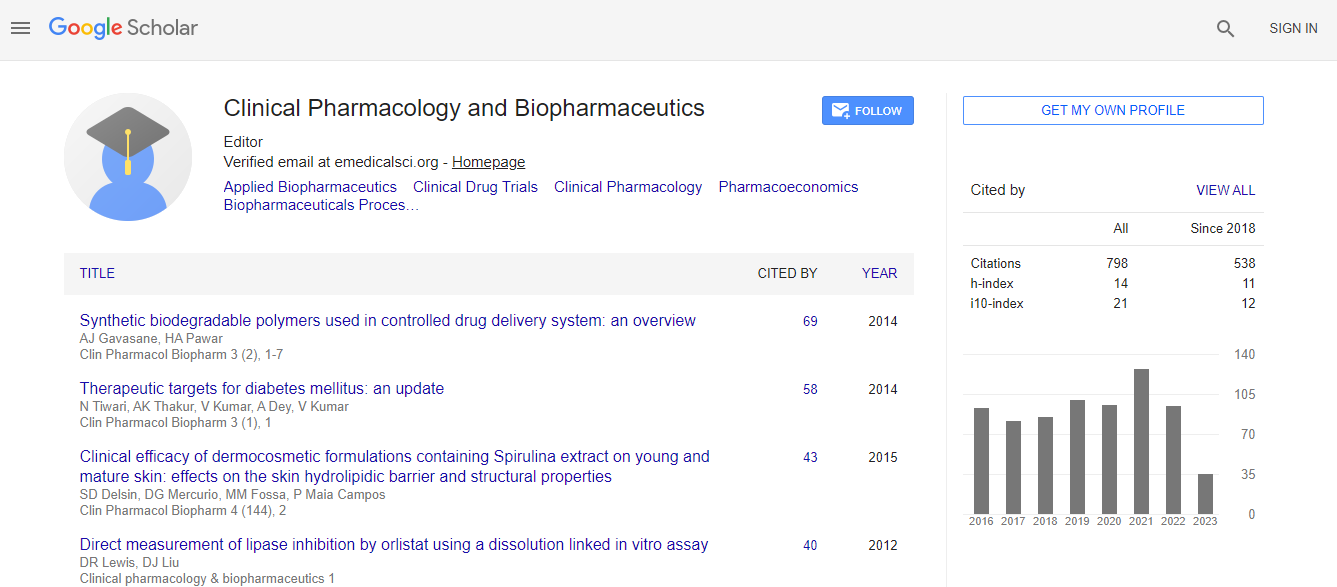EXPLORING THE IMPACT OF ANTIHYPERGLYCEMIC AGENTS ON DIABETOPOROSIS: AN UPDATED PERSPECTIVE
*Corresponding Author:Received Date: Nov 05, 2023 / Published Date: Feb 10, 2025
Citation: Fawad A, Sarwar MH, Ahmar Z (2025) Exploring the Impact of Antihyperglycemic Agents on Diabetoporosis: An Updated Perspective. Clin Pharmacol Biopharm 14: 540.
Copyright: © 2025 Fawad A, et al. This is an open-access article distributed under the terms of the Creative Commons Attribution License, which permits unrestricted use, distribution and reproduction in any medium, provided the original author and source are credited.
Abstract
Diabetes mellitus is an enduring ailment that is swiftly spreading worldwide. Its repercussions are profound, significantly diminishing the quality of life by giving rise to numerous associated afflictions like kidney disease, cardiovascular conditions, obesity, and neurological disorders. Furthermore, it disrupts the metabolism of bones. Among the myriad complications accompanying diabetes, osteoporosis stands out as a prominent concern, often manifesting as a consequence of the disease. Both type-1 and type-2 diabetes bear a linkage to bone anomalies and an elevated susceptibility to fractures, making diabetes a recognized risk factor for osteoporosis. Consequently, there arises a need to scrutinize the potential therapeutic influence of hypoglycemic agents in addressing osteoporosis. The Glucagon-Like Peptide-1 (GLP-1) agonist, a class of hypoglycemic agents, emerges as a novel and promising candidate for osteoporosis management due to its additional involvement in the intricate process of bone remodeling. Studies suggest that GLP-1 agonists can bolster bone mineral density, enhance bone quality, and avert fractures in diabetic individuals. This comprehensive review spotlights recent discoveries concerning the utilization of antidiabetic medications in mitigating diabetes-induced osteoporosis. Additionally, it offers insights into the pathophysiology of this condition and the potential mechanisms that play a role in treating osteoporosis resulting from diabetes. Nevertheless, further research is imperative to gain a complete understanding of the therapeutic potential and distinctive mechanisms associated with GLP-1 agonists in the context of bone remodeling.

